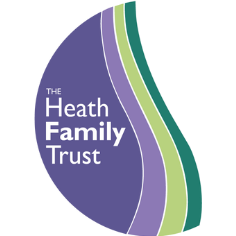Knowledge Planners
Knowledge Planners
Purpose:
- Specifies the exact knowledge and vocabulary we expect children to be confident recalling and applying.
- Paints a clear picture of the learning journey of our curriculum.
- Acts as a planning tool for teachers.
- Enables children to independently revist, assess and retain knowledge from current and previous topics.
- Enables children to become independent learners.
- Enables children to self quiz.
- Acts as an assessment tool for teachers and children.
- Used during lessons as a reference tool.
- Used during lessons as a revision tool.
- Used for homework tasks.
- Enables all stakeholders (children, parents, staff, governors) to know where learning has come from and where it is going next.
Retention opportunities are systematically mapped out to enable children to revisit key prior knowledge.
Knowledge planners will be kept in school and will be used as a learning tool and referred to during lessons. They may occasionally be used as part of homework, where children will spend time learning specified facts.
Knowledge Planner Layout/Format
- Knowledge planners will always be a working progress and will continue to evolve and change.
- Knowledge page – This will be a page of all of the key knowledge that children must be fluent with for a particular topic.
- Vocabulary page – This will be a list of all of the vocabulary that children must be able to define and apply to both written and spoken tasks with fluency and ease.
- Knowledge Quiz – This will be a short exit quiz that children will complete at the end of the topic. This will also be used for retention of prior learning and prior topics.
10 Knowledge Planner Activities
- Expand it – choose a fact and expand on it. Use research or your own knowledge.
- Draw it – draw a picture to help you remember a fact.
- Map it – organise some of your facts into a mind map.
- Present it – give a short presentation to a partner about your topic. Try to include lots of facts.
- Vocab lab – choose 5 words from your vocab page and write a concise definition for them.
- Dictionary definition – look up and copy the definition of some words from your vocabulary page.
- Quiz a partner – choose 3 questions to ask your partner. Check the answers on the knowledge page.
- Write a question – write your own quiz question based on one of your facts.
- Numbers – write down all of the numbers that are related to facts. Write down one word next to the number to help you remember the facts. E.g. 1519 – Spanish! 6 – wives!
- Order it – choose your top three tricky facts to remember. Write them in rank order of difficulty.


